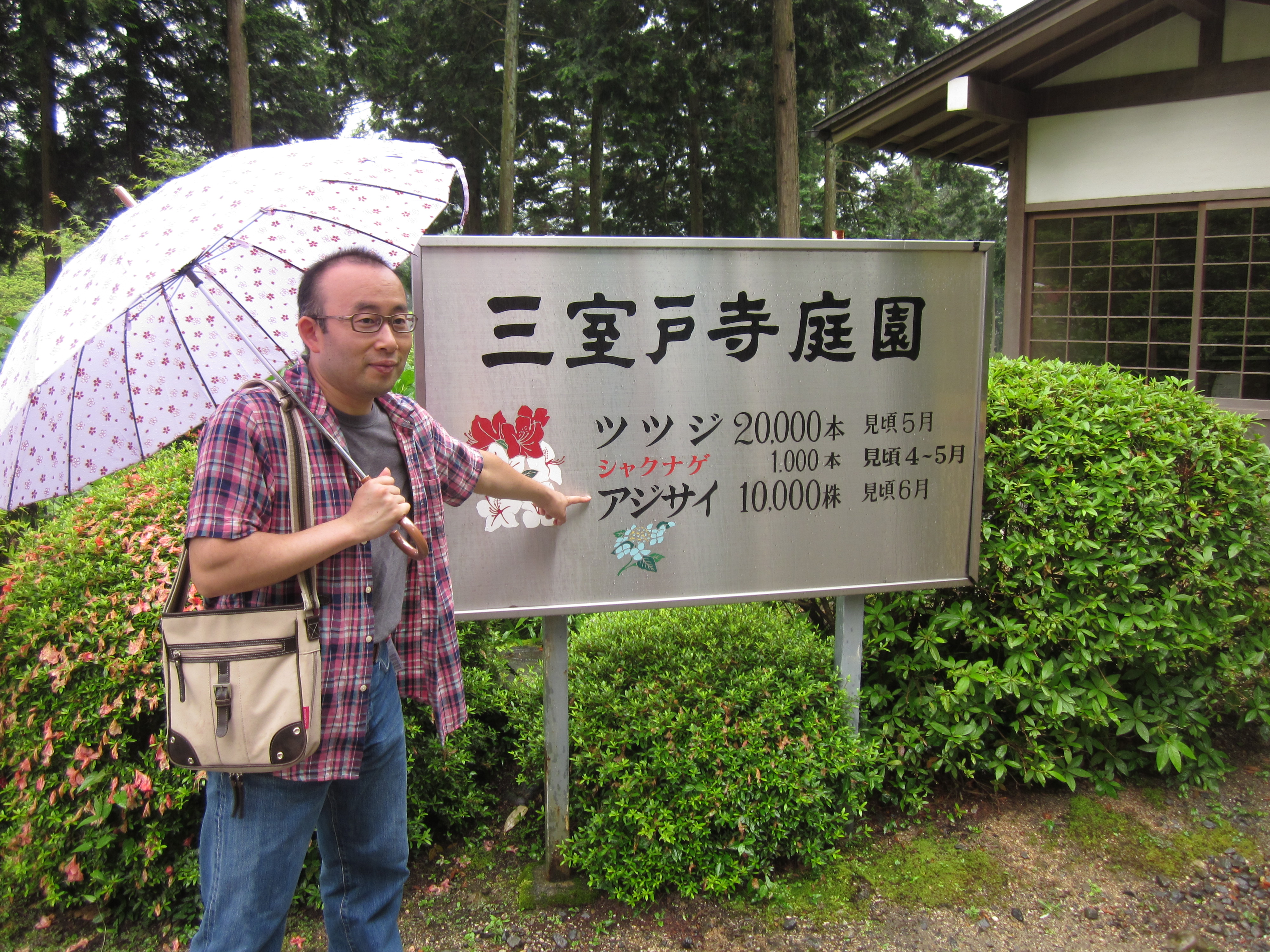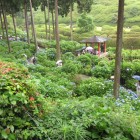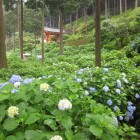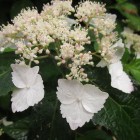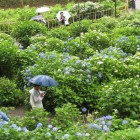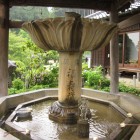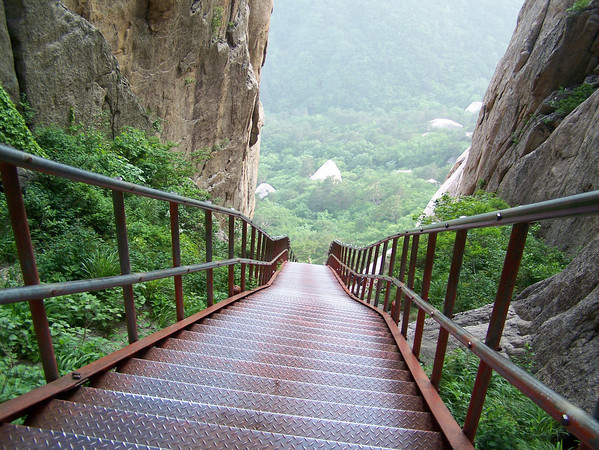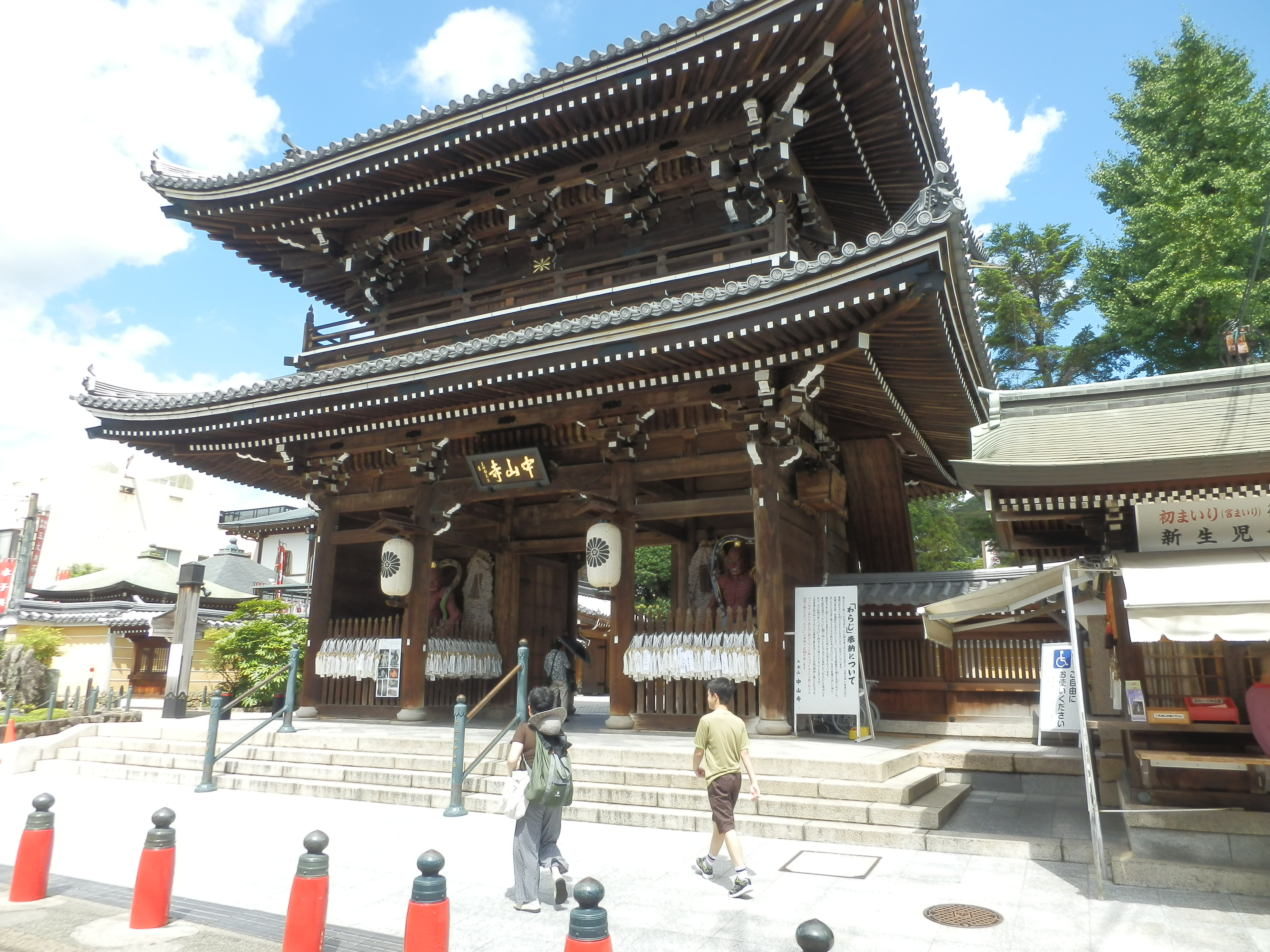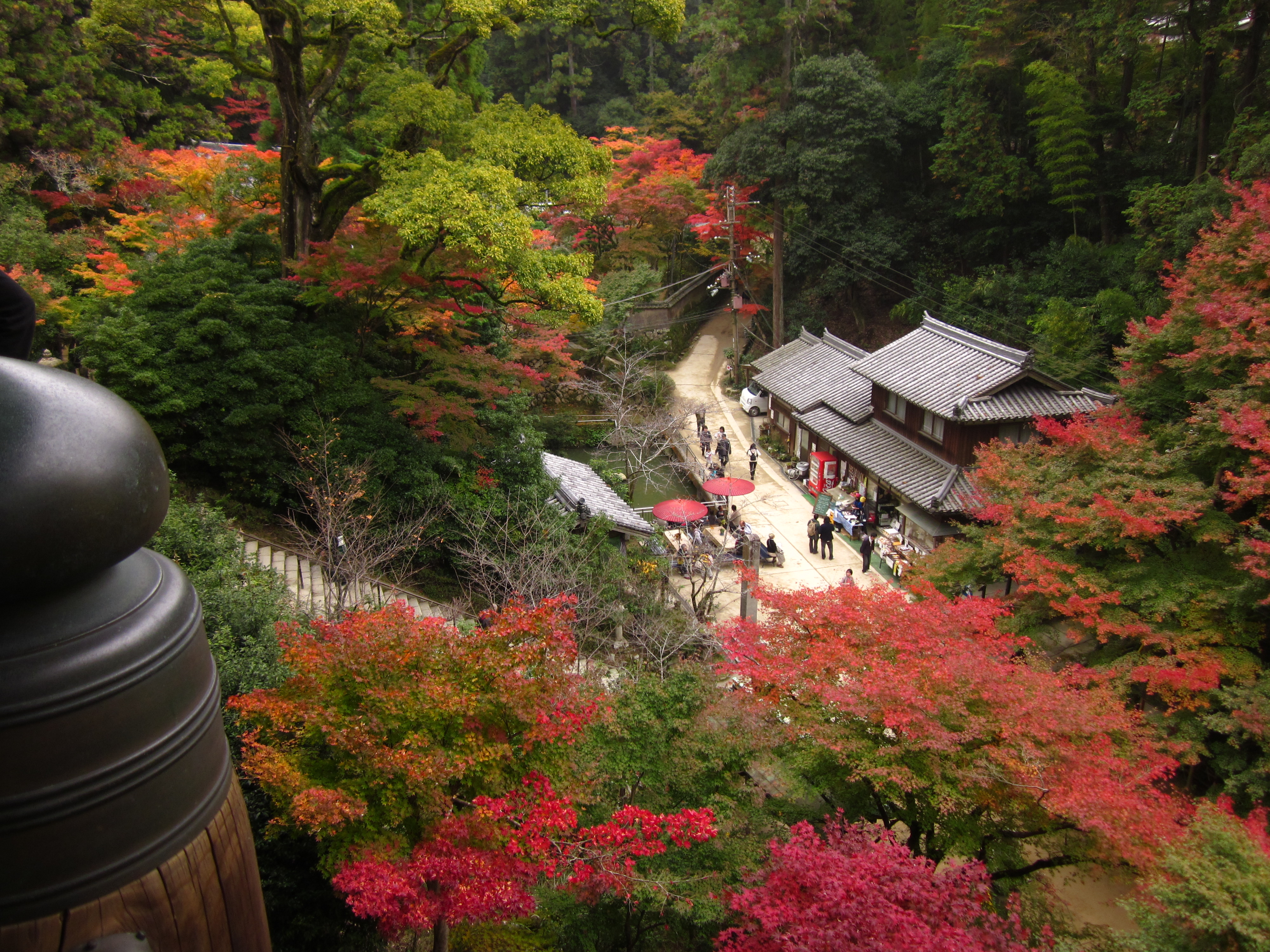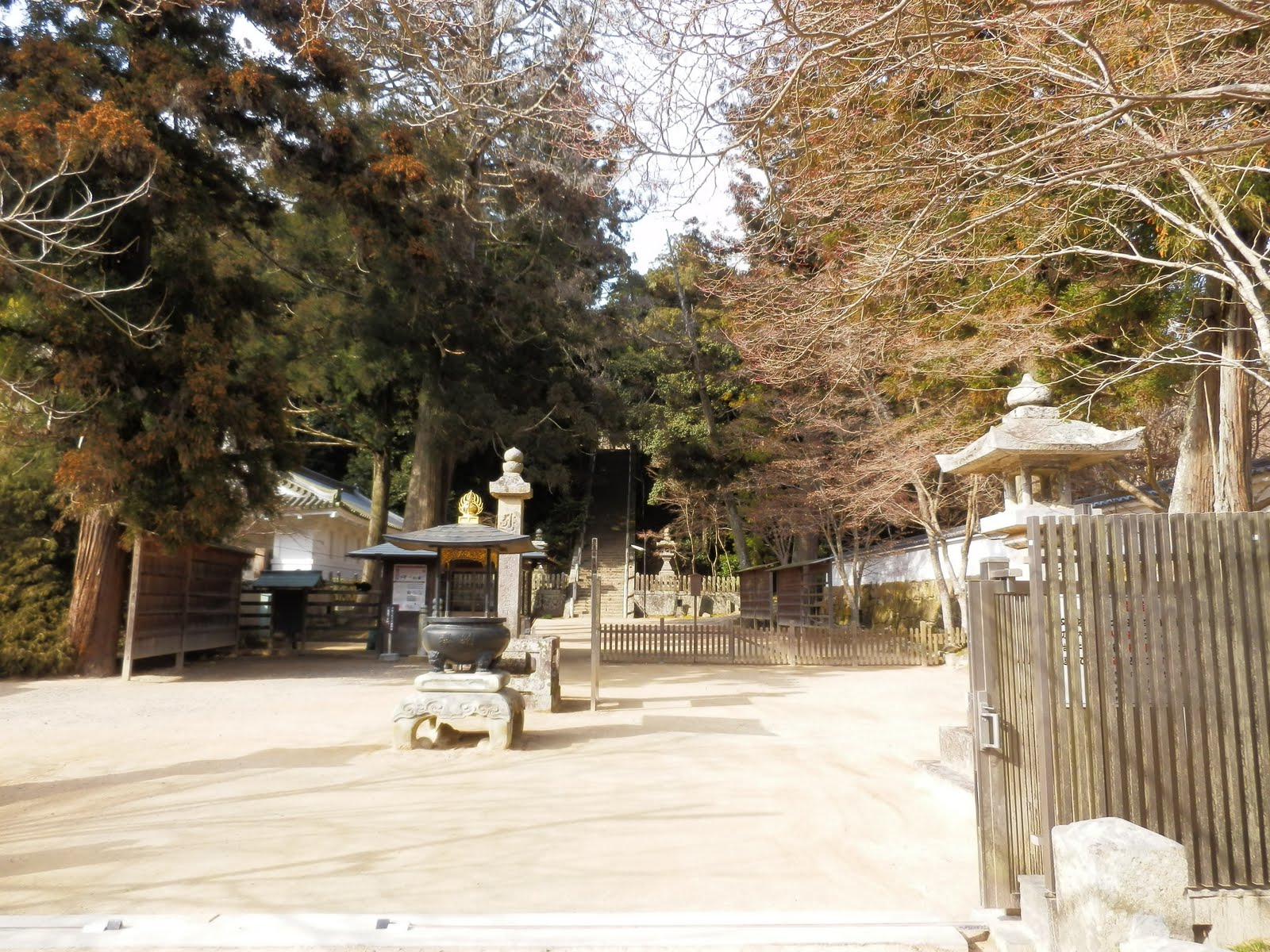Saigoku Kannon Pilgrimage: Mimuroto-ji 三室戸寺
Mimuroto-ji is known as the “Flower Temple,†so it’s a great place to visit during blooming season. Although the gardens managed to look nice even at the ending-edge of winter, my personal recommendation would be to visit during May or especially June, for the blooming of their spectacular ajisai
Mimuroto
The main image of this temple is a sanju Kannon, that is a thousand-armed version, which was carved in the late 700s and is only viewable once every 33 years; there are no photographic images of the statue, either. There are several other statues within the temple that are considered National Important Cultural Properties, among them the Amida Buddha triad (Buddha in the middle, with Kannon on one side and Seishi on the other) which shows Kannon and Seishi kneeling instead of cross-legged. There is also an image of “Ukifune Kannon†holding a vase of infinite compassion.-ji is also an interesting site for those of the historical or literary inclination. The temple is located in Uji, a place featured in the Tale of Genji, and there is even a gravestone for the tragic figure from the tale, Ukifune! If you have an interest in the Tale of Genji, you probably want to give yourself plenty of extra time during your visit to explore other parts of Uji once you’ve paid your respects at and explored the temple itself.
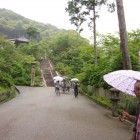
In front of the main hall, you will find the “Wish-Granting Bull,†or å®å‹ç‰›(ã»ã†ã—ょã†ã†ã—). This is related to a legend about the temple in which a beloved bull eventually brought a destitute couple to wealth and prosperity through a series of semi-magical events (read more about it here.) If you reach into the bull’s mouth and roll the ball around, you will receive good luck. The bull is also a stand-in for the usual guardian lion-dogs (komainu) that you see at the gates of many temples.
Other features include a lovely temple bell which you are permitted to ring, a picturesque three-storied pagoda, and a treasure house. The treasure house is where you will find the images of the Amida triad, as well as some other very old and interesting carvings; it is open on the 17th of each month. There is also an Amida-do, dedicated to the Buddha of infinite light and his 48 vows to save all of humanity. A Juhachi Jinja is a shrine dedicated to the eighteen original gods brought to Japan from mainland via Korea during the Muromachi era. As at many temples, there is also a Jizo grove for lost pregnancies.
To get to Mimuroto-ji, take the Keihan line to Mimuroto-ji Station, from which it is a 15 minute walk (or 3 minute cab ride). You can also go to the Keihan or JR Uji Station, from which you can catch a bus, and get off at the Mimuroto-ji bus stop. During the month of June, there will be a special “Ajisai†bus running from Uji Station. You can catch this bus in the rotary area just in front of each station (bus stop number 3 at Keihan Uji station, just right in front of the station for JR).
Enjoy your exploration of Uji, Mimuroto-ji, and its astonishing garden-filled grounds!
-Emily Lemmon
For more information about upcoming events, check out the Mimuroto-ji webpage: http://www.mimurotoji.com/ (Japanese)
And for more general information about history and features:Â http://sacredjapan.com/Temple%2010/Temple%2010.htm
Also, don’t forget the Kannon Pilgrimage map! https://maps.google.com/maps/ms?msid=211781966201391799171.0004a622468a784875fec&msa=0
